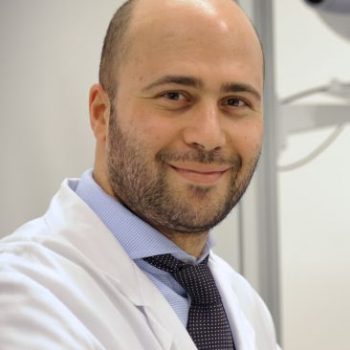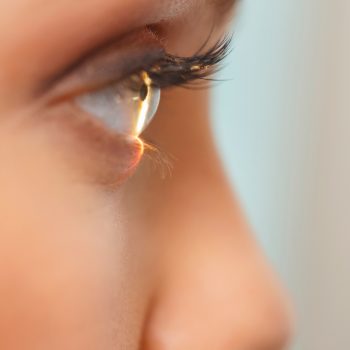In Italy almost 1 million people suffer from glaucoma but only half of them are aware of it – explains Dr. Pietro Paolo Vico, ophthalmologist and referent of the Humanitas glaucoma pathology – because, in the initial phase, the symptoms can present themselves as a generic difficulty to read or see while driving.
Patients generally find that something is wrong because they have difficulty seeing while reading, watching television or driving, or they arrive at the ophthalmologist after a failure to renew their license due to a loss of vision.
Usually, it is peripheral vision that is first impaired, although it is not uncommon for the disease to also affect central, upper or lower vision. Glaucoma is in fact a disease that affects the optic nerve, that is, the nerve that allows what we see to be transferred from the retina to the brain. Over time, the increased pressure inside the eye, the reduction in blood flow and the reduction in the CSF pressure at the level of the optic nerve, together with the increase in intraocular pressure lead to a progressive deterioration of the function of the optic nerve up to the loss of the visual field, or blindness. When you start to have difficulty reading or driving, the disease is already present and has already led progressively to a reduction in the field of vision. Hence the importance of information and prevention: after the age of 40, in particular, it is essential to contact specialists to carry out periodic eye examinations, in order to detect the presence of glaucoma before it begins its course towards visual disability and blindness. If diagnosed, the specialist will advise the patient on the most appropriate therapy to treat glaucoma, slow down its progression and not completely lose sight, including therapies such as eye drops, lasers or surgery.








